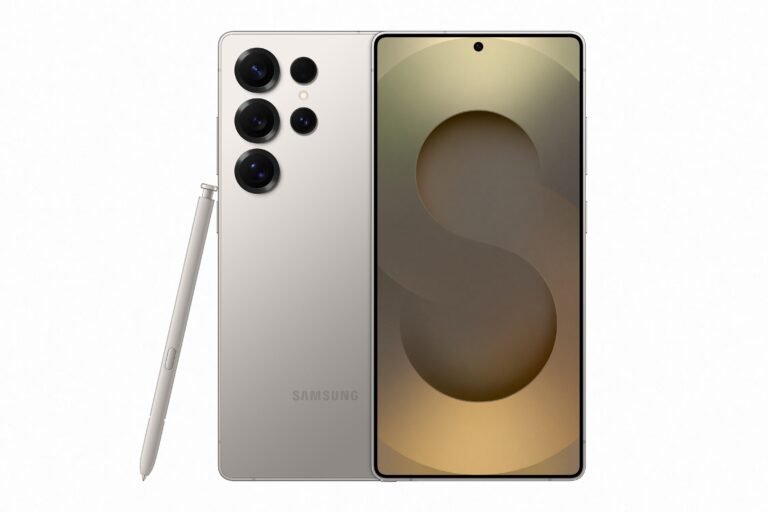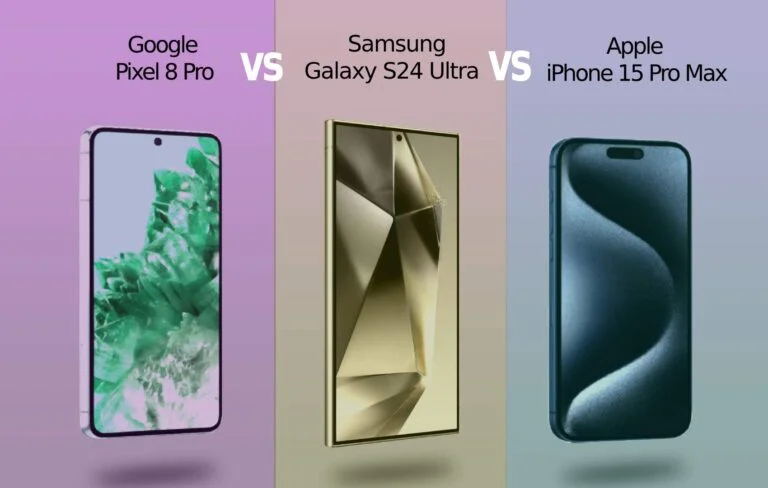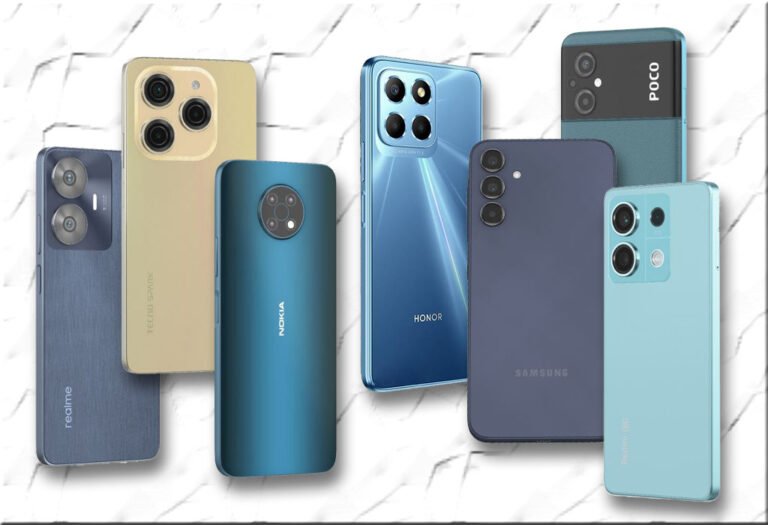How Does AI Improve Smartphone Cameras?
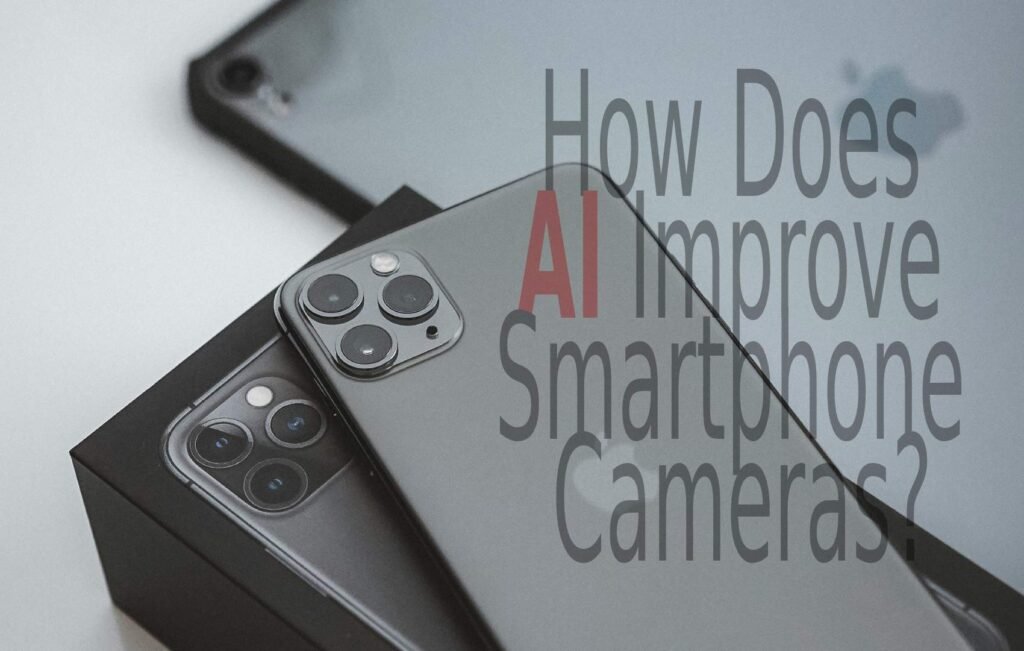
Smartphone cameras have come an incredibly long way since the early days of mobile photography. Today, AI is fundamental to improving image quality, optimizing settings, and providing professional-quality photography experiences. But what does AI actually do to our smartphone cameras? Let’s take a look at the main areas that AI is impacting.
1. Scene Recognition and Auto Adjustments
AI scene recognition is a another feature, present in most modern smartphone cameras, that automatically recognizes the subject and adjusts the camera settings. Be it a sunset, a portrait, or a close-up of food, AI optimizes color balance, contrast, and exposure for the unique situation.
2. Enhanced Night Photography
Contrary to this is the fact that smartphone cameras have, for a long time, struggled with low-light shooting because of their tiny sensors. AI powered night mode captures multiple frames and reduces noise, while boosting brightness without overexposing the overall image. This gives much clearer, sharper and detailed night shots.
3. Portrait Mode and Bokeh Effects
AI-based depth mapping and segmentation enable smartphones to take professional headshots with beautiful bokeh (background blur). AI perfectly identifies the subject uses faux bokeh and improves facial features for a more attractive portrait.
4. Super Resolution and Digital Zoom
Many smartphone cameras use digital zoom, not optical zoom. Algorithms that enable super-resolution using AI frame capture multiple frames and reconstruct objects between captured frames, recoating zoomed-in images, and thus enhancing sharpness and detail without excessive pixelation.
5. Real-time Filters and Beauty Enhancements
And thanks to AI-based image processing, it can now do things like instantly beautify a photo, and employ intelligent filters that emphasize the face and even smooth out imperfections. AI can tweak skin tones, smooth blemishes and brighten eyes without looking overly doctored, making it ideal for selfies and video chats.
6. Smart HDR (High Dynamic Range)
AI HDR technology captures multiple exposures of the same scene, analyzing the environments and merging them for an even image. With this, details in both light and dark areas are well preserved resulting in a more dynamic and visually appealing photo.
7. AI-Driven Video Enhancements
AI isn’t only enhancing photos — it’s revolutionizing smartphone videography. The real-time stabilization, cinematic blur, and AI-enhanced noise reduction work together to produce videos close to the quality of professional cameras.
8. Object and Text Recognition
AI empowers smartphone cameras to recognize the objects in a frame, translate words in real time and even scan documents with better quality. All you have to do is point your camera to recognize and learn more about landmarks, products, animals and other things that apps such as Google Lens does with the help of AI.
9. AI-Powered Computational Photography
The fusion of multiple images is performed by AI methods in computational photography, which generates the final shot, improving the details, building dyn amic range and providing natural-looking colors. AI-prominent computational photography can be seen in action in Google’s Pixel as well as Apple’s iPhone line, both of which leverage AI to the 10x extreme for outside-the-box output.
Artificial Intelligence has transformed mobile phone cameras by closing the gap between smartphone photography and professional shooters. Thus, with progressive AI-based improvements, smartphone enthusiasts can anticipate many more feature upgrades that truly make a camera phone tick. Be it by assisting with low-light conditions, expanding zoom or live filters, AI makes beautifying chopping easiest.
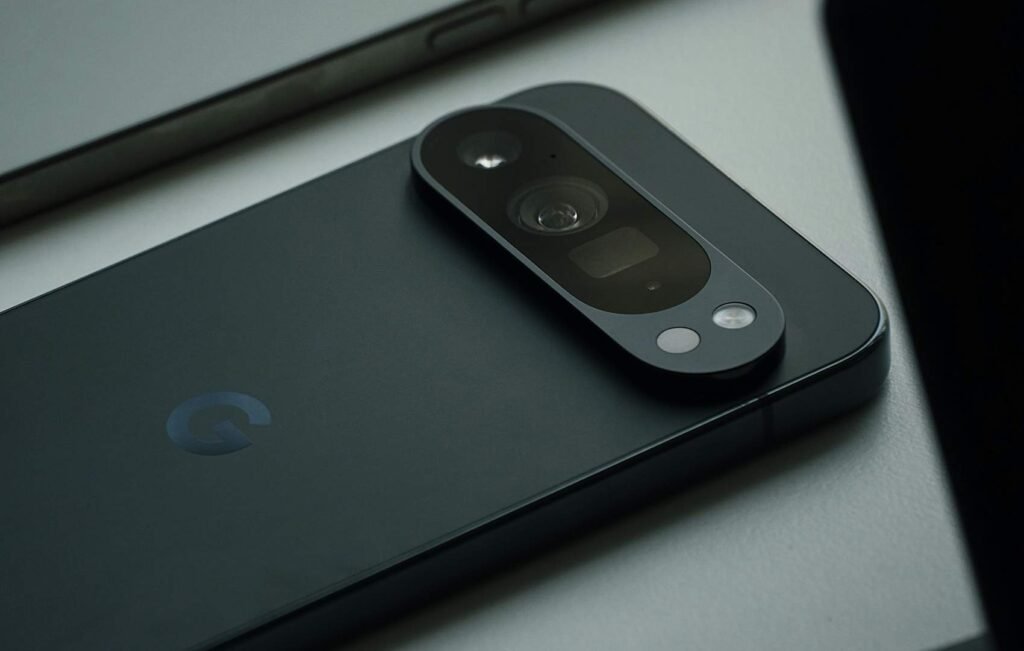
Smartphones with AI-Powered Cameras
AI is integrated into many smartphone cameras of these days, allowing for a range of functions including scene/picture recognition, computational photography, alternative lensing, and real-time enhancers among others. Best 2025 smartphones with AI functionality:
1. Samsung Galaxy S25 Ultra
Samsung’s ProVisual Engine leverages AI for adaptive scene recognition, real-time image optimization, and advanced computational photography. This ensures high-quality photos and videos, even in challenging lighting conditions.
2. Google Pixel 9 Pro
Google’s latest AI models power features like Photo Unblur, Magic Editor, and Audio Eraser, improving both photography and videography. Pixel devices are known for their computational photography, delivering clear and sharp images with minimal effort.
3. Apple iPhone 16 Pro Max
Apple integrates AI for real-time scene detection, portrait enhancements, and AI-generated wallpapers. The iPhone’s camera system utilizes machine learning for improved image processing, ensuring balanced HDR and natural skin tones.
4. Nothing Phone 3(a) Pro
This mid-range smartphone offers AI-powered content management and advanced camera processing, including a 50MP triple-camera system. AI optimizations help in delivering sharper images with enhanced details.
5. Google Pixel 9a
An affordable AI-driven smartphone, the Pixel 9a features AI tools like Best Take and Add Me, ensuring group photos are perfectly captured. The 48MP main camera is optimized using Google’s AI algorithms for stunning low-light performance.
As AI evolves, our smartphone cameras have too, matching their capabilities to professional-grade photography. From premium flagship devices to budget-friendly options enhanced by AI, there’s a smartphone for every need.
AI cameras have transformed the way we capture photos and videos, making smartphone photography smarter, faster, and more intuitive. But what exactly makes a camera “AI-powered,” and how does it improve mobile photography?
How AI Works in Smartphone Cameras
AI cameras rely on machine learning (ML) models and neural networks to process images intelligently. Instead of capturing a photo as a simple static image, AI analyzes multiple factors in real-time, such as lighting conditions, subject movement, and composition, to enhance the final shot.
Key AI-driven processes include:
- Real-Time Scene Detection: Recognizes objects, landscapes, and faces to adjust camera settings automatically.
- Computational Photography: Merges multiple shots to improve clarity, color, and exposure.
- Neural Processing Units (NPUs): Dedicated AI chips that handle camera-related tasks without slowing down the phone’s processor.
The Future of AI Cameras
AI camera technology is continuously evolving. Upcoming advancements include:
- AI-powered 3D imaging for better depth perception.
- Real-time AI-generated photo enhancements without post-processing.
- AI-assisted photography assistants that suggest composition and framing improvements.
- Generative AI tools for automatic object removal and advanced photo editing.
AI cameras are no longer just a premium feature in flagship devices—they are becoming standard in mid-range and budget smartphones. With AI pushing the boundaries of smartphone photography, the gap between mobile cameras and professional cameras is rapidly closing.
Types of AI Used in Smartphone Cameras
AI in smartphone cameras is different from AI chatbots like ChatGPT. While ChatGPT is a Natural Language Processing (NLP) AI, smartphone cameras use Computer Vision (CV) AI and Machine Learning (ML) algorithms. These AI models are specifically designed for image processing, scene recognition, and computational photography.
1. Neural Processing Units (NPUs) & AI Chips
- Many modern smartphones have dedicated Neural Processing Units (NPUs) that handle AI tasks without overloading the main processor.
- Examples: Apple’s A-series Bionic Chips, Google’s Tensor Chips, and Qualcomm’s Snapdragon AI Engine.
2. Computer Vision (CV) AI
- Used for object recognition, face detection, and scene recognition.
- Helps cameras identify whether you’re capturing a landscape, food, pets, or portraits and adjust settings accordingly.
- Examples: Google Lens, Apple’s Smart HDR, Samsung’s Scene Optimizer.
3. Machine Learning (ML) & Deep Learning
- Super-resolution technology improves digital zoom by reconstructing lost details.
- AI learns from millions of images to enhance features like low-light photography, HDR processing, and noise reduction.
- Example: Google Pixel’s AI-powered Night Sight.
4. Generative AI & Computational Photography
- AI blends multiple images together to remove blur, improve sharpness, and enhance dynamic range.
- Can remove unwanted objects or suggest edits like background replacement.
- Example: Google’s Magic Eraser, Apple’s AI Photo Retouching.
5. Edge AI (On-Device AI Processing)
- AI processes images locally on the device instead of the cloud, improving speed and privacy.
- Enables real-time enhancements like AI-powered video stabilization and slow-motion effects.
- Example: Samsung’s Super Steady Mode, Apple’s Cinematic Mode.
AI-powered cameras make smartphone photography more accessible, efficient, and high-quality, bridging the gap between mobile and professional-grade photography. Whether you’re a casual user or a content creator, AI ensures that capturing the perfect shot is easier than ever.
ASUS TUF Gaming A18 (2025) – A Complete Review
Introduction The ASUS TUF Gaming A18 (2025): Another Lovely Member of TUF Family Also, if you…
Top Amazon Best-Selling Wireless Headphones: Expert Picks for 2025
unplash In today’s fast-paced, on-the-go lifestyle, a great pair of headphones is no longer just…
DJI Mavic 3 Pro: The Ultimate Flagship Drone for Professionals
The DJI Mavic 3 Pro is a revolution in aerial photography and videography. With its…
Best Selling Mobile Stabilizers on Amazon : Ultimate Guide for Content Creators
In the world of mobile videography, a good smartphone stabilizer is a must-have that will…
iPhone 15 Pro Max vs. Samsung Galaxy S24 Ultra vs. Google Pixel 8 Pro: Ultimate Flagship Smartphone Comparison (2024)
Introduction Picking the right flagship in 2024 is hardly an easy decision. Apple, Samsung and Google…
Lenovo ThinkPad X1 Carbon Gen 12 Review: The Ultimate Business Laptop
news.lenovo.com/press-kits/ Lenovo’s ThinkPad X1 Carbon Gen 12 – the best business laptop we’ve seen so far…










